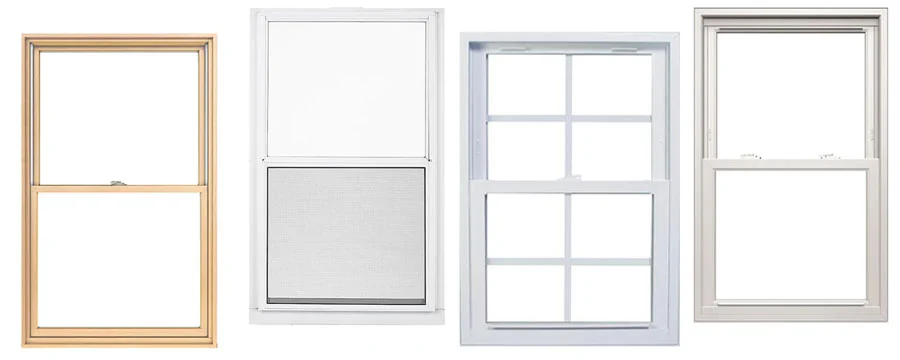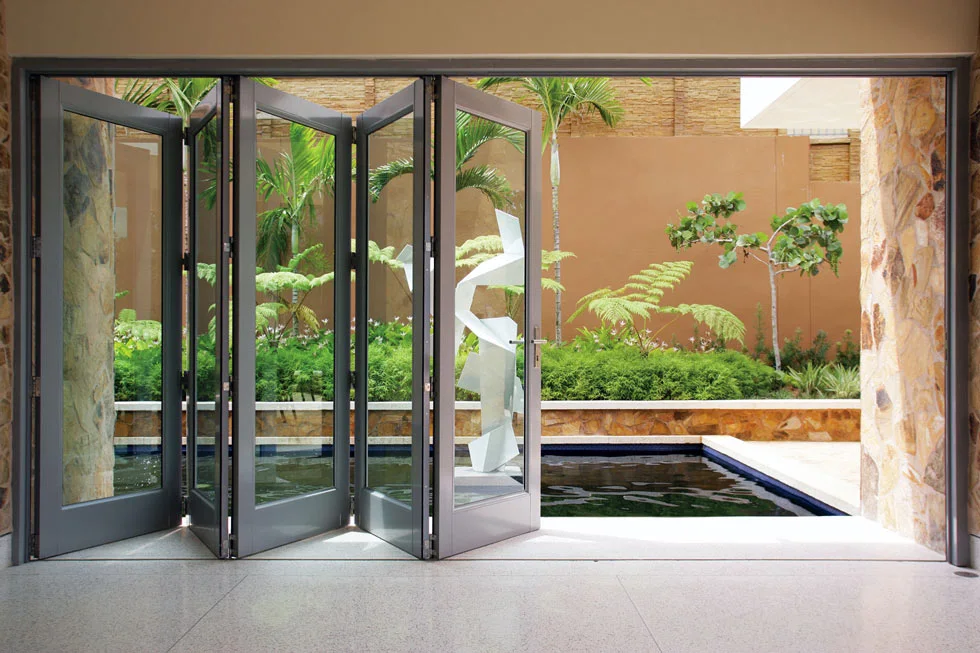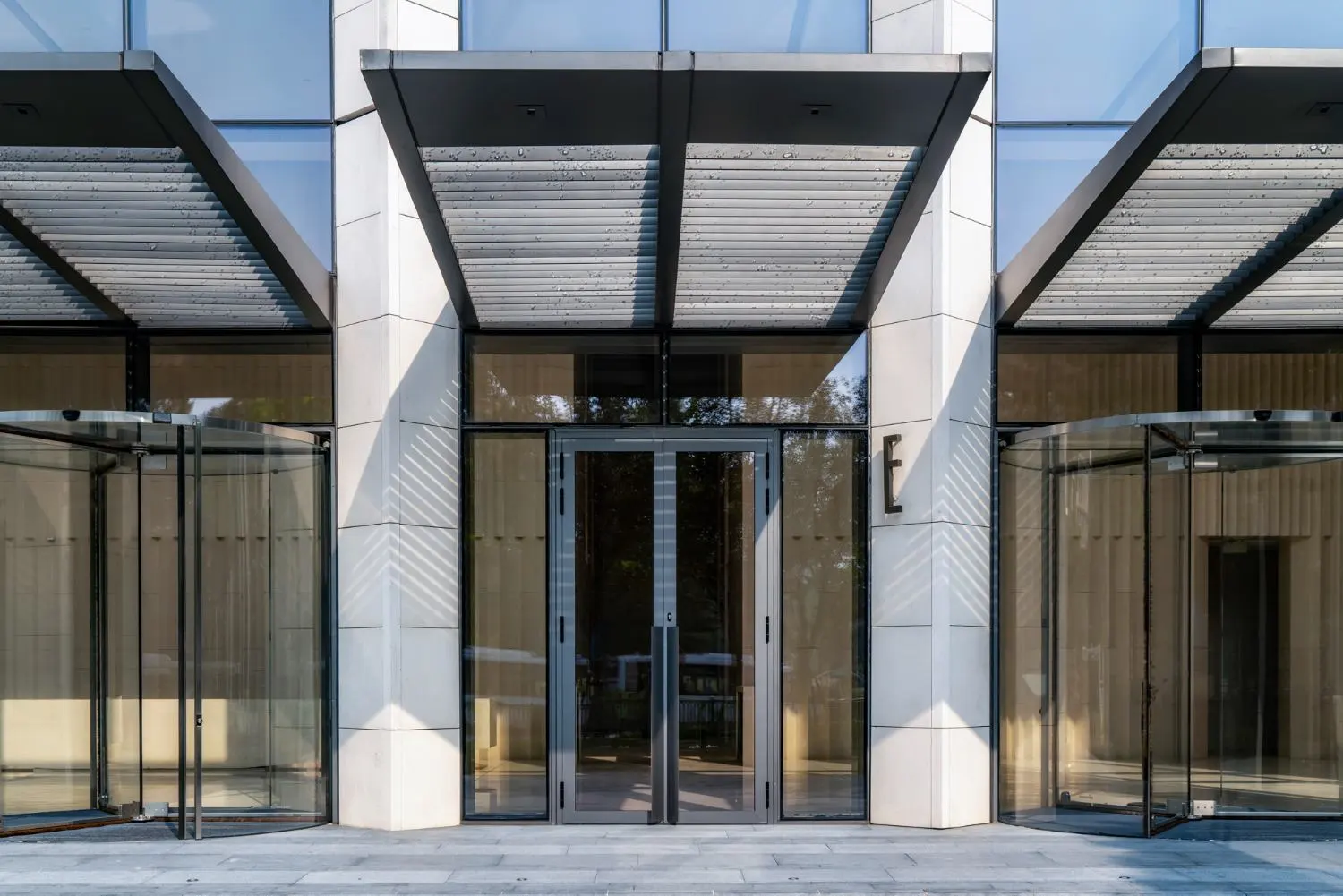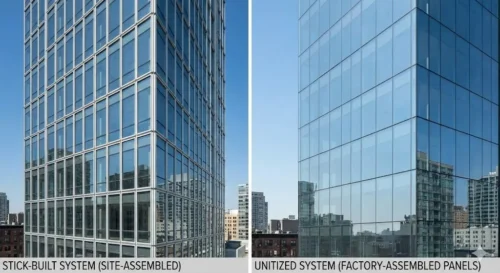When choosing windows for your home, vinyl, fiberglass, and aluminum are popular materials.

Each offers unique benefits depending on budget, climate, and performance needs.
This guide explores the pros, cons, and key comparison factors to help you make an informed decision.
Aluminum Windows

Aluminum windows are known for their strength and durability. They are rust-resistant and can withstand harsh weather conditions.
Aluminum frames allow for narrow sightlines and expansive glass, providing excellent views.
However, they are less energy-efficient than fiberglass and vinyl unless they feature a thermal break.
Pros:
Strong and durable
Rust-resistant
Allows for narrow frames and expansive glass
Cons:
Less energy-efficient
Prone to condensation
Higher cost compared to vinyl
Vinyl Windows

Vinyl windows are the most cost-effective choice among window materials.
They offer great energy efficiency, helping to reduce heating and cooling costs.
Additionally, they are low maintenance and available in various styles and colors, including options that mimic wood.
Pros:
Affordable
Energy-efficient
Low maintenance
Versatile design options
Cons:
May warp under extreme temperatures
Limited customization for larger openings
Less suitable for extreme climates
Fiberglass Windows

Fiberglass windows are known for their durability and ability to withstand extreme temperatures without warping or cracking.
They provide excellent insulation and are more energy-efficient than aluminum.
With a long lifespan and paintable surface, fiberglass windows offer versatile design options.
Pros:
Highly durable
Energy-efficient
Long lifespan (50+ years)
Paintable for customization
Cons:
Higher upfront cost
Requires professional installation
Fewer design options compared to vinyl
Key Factors
Cost

Vinyl windows are the most budget-friendly option, making them a popular choice for homeowners.
Fiberglass offers better value in terms of durability and energy efficiency, though it comes at a higher price.
Aluminum tends to be the priciest but excels in strength and durability, especially in harsh environments.
Durability

Vinyl windows are less durable in extreme temperatures, which can lead to warping or cracking.
Fiberglass windows are highly durable, resisting decay, insects, and corrosion.
Aluminum windows, while very strong, can corrode in coastal or humid climates if not maintained properly.
Energy Efficiency

Vinyl windows provide good insulation but may not perform as well in regions with extreme climates.
Fiberglass windows are the most energy-efficient, providing excellent thermal insulation.
Aluminum windows, although prone to heat loss, have newer models with thermal breaks that significantly improve energy efficiency.
Aesthetics & Customization

Vinyl windows come in various colors and styles, though they tend to be bulkier.
Fiberglass windows offer sleek designs and can be painted or customized to match your home’s decor.
Aluminum windows are known for their slim, modern frames, making them ideal for larger windows where maximizing glass area is desired.
Conclusion

In summary, vinyl windows are budget-friendly and low maintenance, fiberglass offers durability and energy efficiency, and aluminum provides strength with modern aesthetics.
Each material has unique advantages, so choose based on your needs.
For the best results, consult with our experts to determine the right material for your home and ensure professional installation.
FAQs: Vinyl vs. Fiberglass vs. Aluminum Windows
1. Is fiberglass or aluminum better for windows?
Fiberglass offers better insulation, while aluminum balances aesthetics, durability, and energy efficiency.
2. Is a fiberglass window better than a vinyl window?
Fiberglass is stronger, more durable, and less likely to warp or crack compared to vinyl.
3. What is the difference between vinyl and fiberglass windows?
Fiberglass is stronger and more durable, while vinyl is cost-effective and energy-efficient.
4. What is the best material to use for windows?
Vinyl is best for affordability and energy efficiency; fiberglass is ideal for durability and strength.





![Cross section view of various window frame materials showcasing different wood finishes and glass layers - Aluminum vs. Fiberglass vs. Vinyl: Best Window [2025] - APRO Cross section view of various window frame materials showcasing different wood finishes and glass layers](https://aprowin.com/wp-content/uploads/2024/08/Cross-section-view-of-various-window-frame-materials-showcasing-different-wood-finishes-and-glass-layers.webp)







